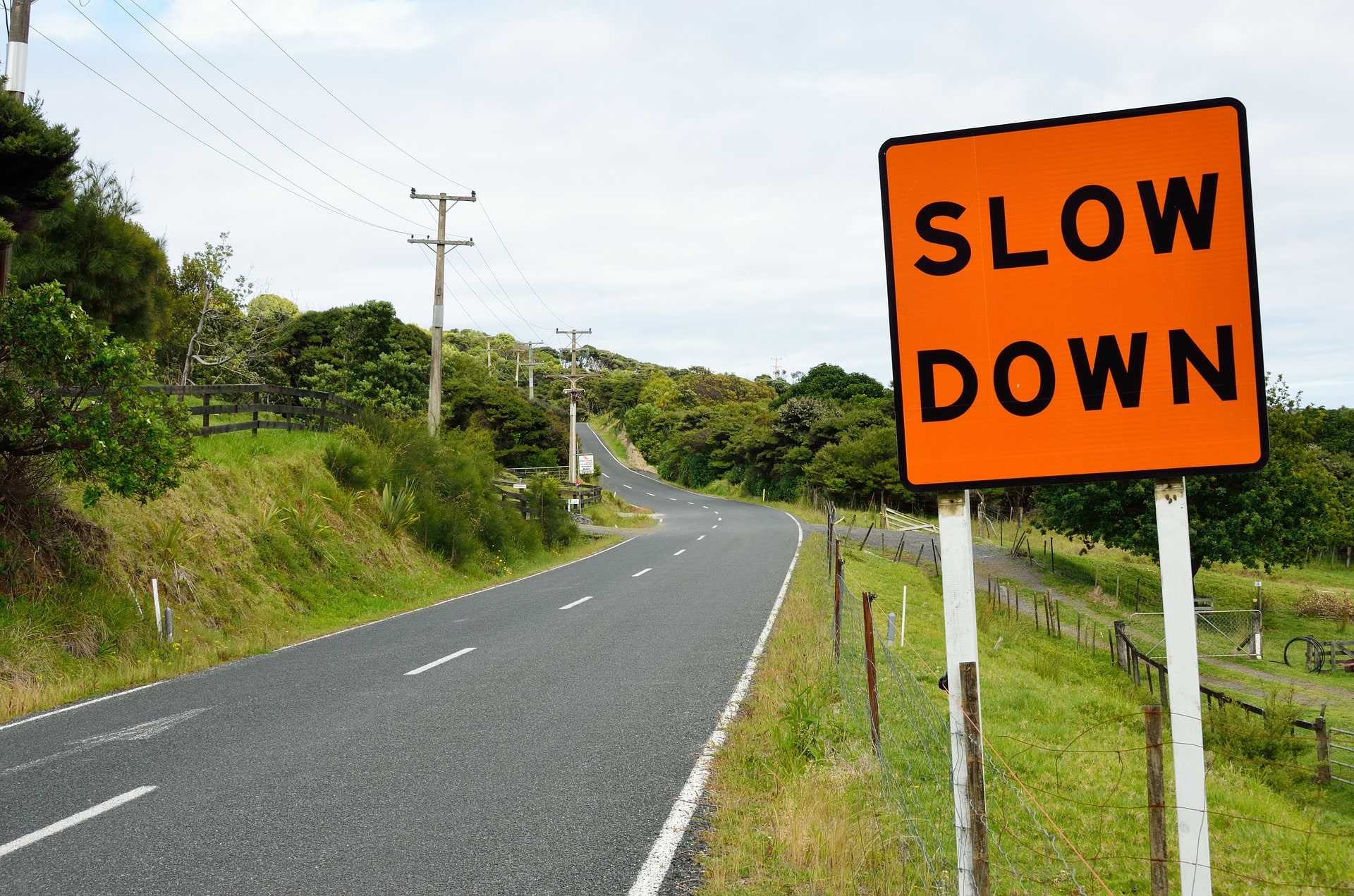
By Mike Sweeney
Seeking a BQ means running faster farther. It means balancing work, family, life and running. It means digging deep on race day and accomplishing something many never dare to dream of. For years, I believed speed came from speedwork. Sure, total volume mattered, but it was the speed that helped you get faster. My approach to training was based on adding more and more speed over time. And every year, the inevitable would happen – a repetitive stress injury, then forced time off and missed opportunities to PR. I’d recover and then do it all over again. Attaining that BQ seemed impossible.
Why Work Harder Than Necessary?
After years of insanity I looked for a better way. I bought a few Run S.M.A.R.T. Project plans and noticed a trend. When I followed the plans I’d PR. But I kept wondering why they had me running so slow! I went down deep YouTube rabbit holes and then I listened to Dr. Jack Daniels. I remember hearing about running slower, but I resisted. And then I heard it: The benefits happen as a function of time spent running, not speed. It’s a simple question: why worker harder than necessary? I still resisted and thought there was no way a conversational pace for the majority of my runs was enough.
Why Don’t We Do Slower Runs?
Everyone takes a little time to warm-up to the idea of running slow. With my runners I’ve heard it all:
- Time – “I only have so many minutes in a day and I need to get as much in as I can.”
- Speed – “If I go that slowly, I won’t be able to find speed on race day.”
- Pride – “I just can’t run that slowly, it’s embarrassing.”
- Pain – “It hurts to run that slow!”
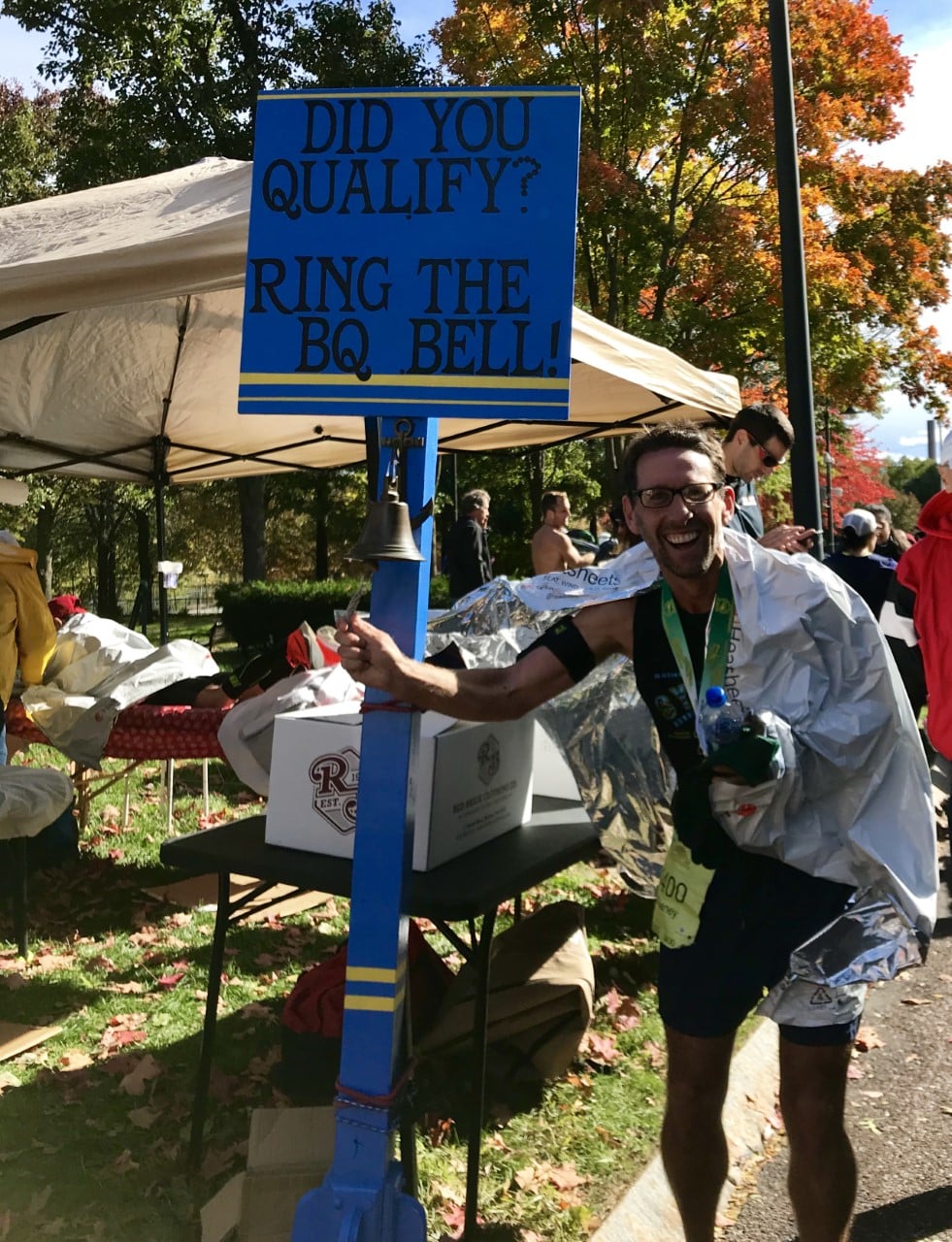
The resistance sounds different for everyone. There are still so many runners who feel they have to fly on easy runs and get in some “quality miles.” That’s who I was for many years. This time I thought I’d try something different and the results have been fantastic.
Low and Slow
I started training for a BQ about 10-months ago after Thanksgiving 2017. I turned down the sound on my phone and just went low and slow. I started racking up the miles, but made sure the majority of the miles were conversational. I ran the most mileage in years for December and felt great. Then January came, then February. I added in a little speed here and there. No injuries. In March and April, I started testing out the new strategy with a couple races. 5K PR. Then, a 5-mile PR. Then, a ½ Marathon PR. Then, 10K PR. I was seeing times I hadn’t seen as an adult and all from going slower.
Mike Sweeney is a VDOT Certified Coach and a masters runner. He works with local Boston masters runners to reach their road racing goals. To learn more about Mike’s coaching bio and training products visit his profile on the VDOT Marketplace.
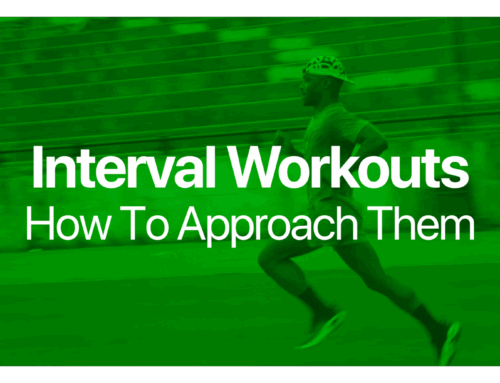


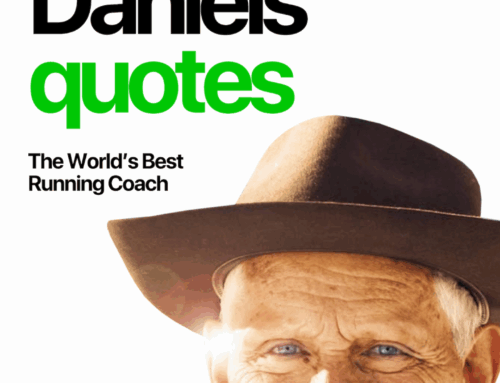
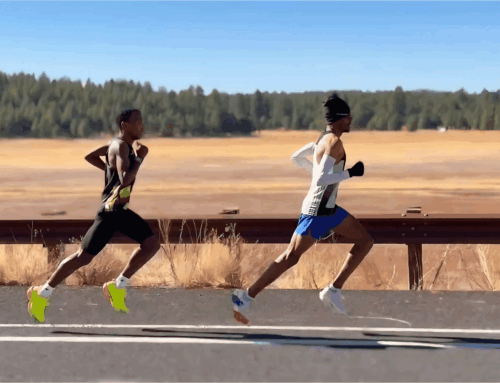
[…] the stronger I felt. My PT encouraged me to keep taking it slow, and suggested I look into the coaching ideas of Jack Daniels, who argues that running slowly—almost excruciatingly slowly—is not only good at keeping you […]